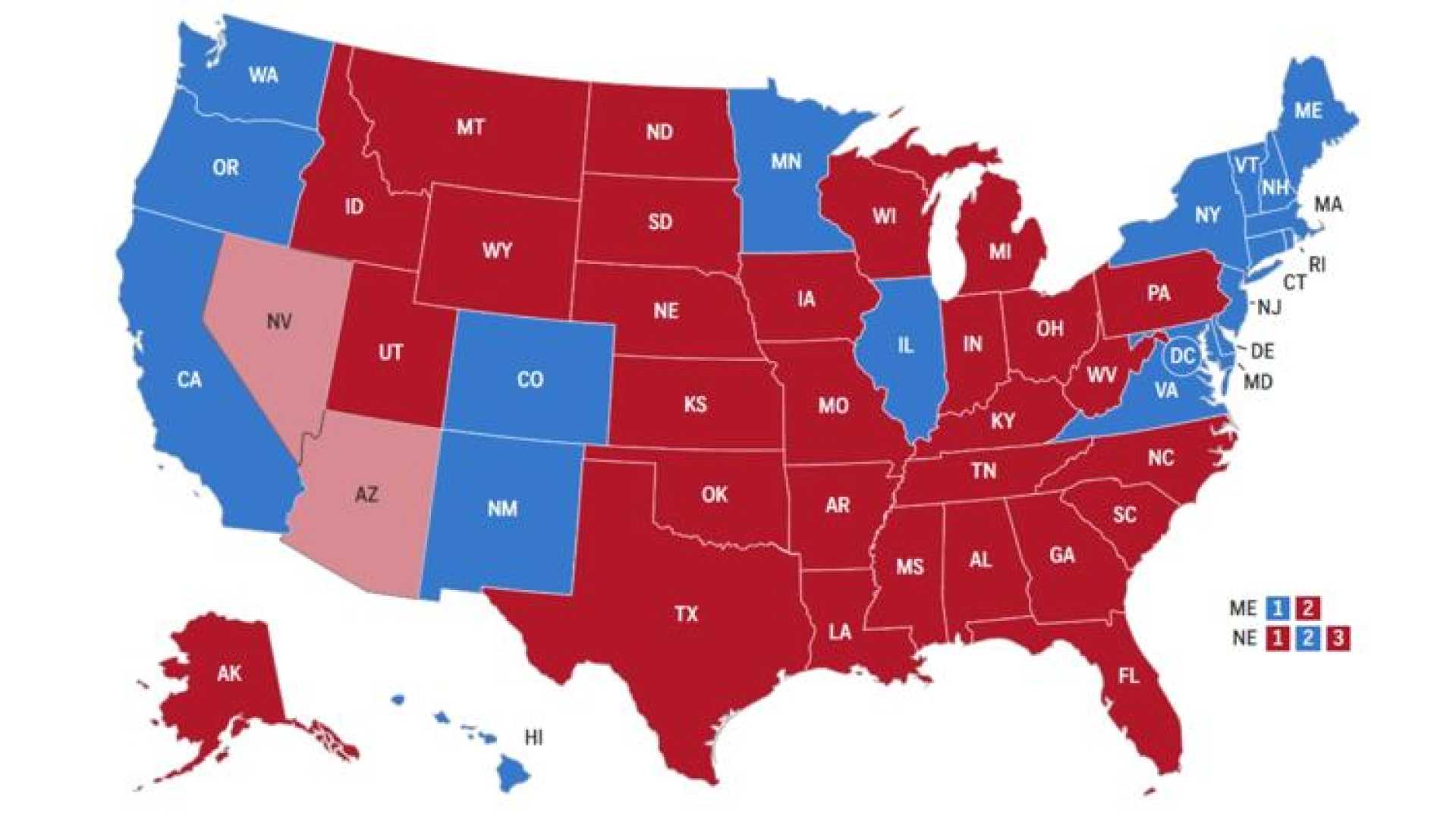Politics
Trump’s 2024 Victory: A Landslide or Narrow Win?

WASHINGTON, D.C. — President-elect Donald J. Trump claimed a sweeping victory in the 2024 U.S. presidential election, but the numbers tell a more nuanced story. While Trump secured the popular vote for the first time since 2004, his margin of victory was just 1.5 percentage points, the smallest since 2000 and the fourth narrowest since 1900.
Trump’s win marked a significant shift for Republicans, who last won the popular vote in 2004. The country swung about six points rightward toward the GOP, one of the more substantial shifts in the last two decades. However, this pales in comparison to historical swings, such as the 25-point turn toward Democrats in Jimmy Carter’s 1976 victory or the 23-point flip toward Republicans in Richard Nixon’s 1968 win.
“We would expect that in that better-informed environment, the two parties should be roughly in equilibrium and getting close to each other’s percentage of the votes,” said David Darmofal, a professor of political science at the University of South Carolina. “The continuity in voting patterns today is what separates our era of elections relative to the past.”
Trump’s victory also coincided with Republicans regaining control of the Senate and holding onto the House, giving the GOP a government trifecta. However, the margins were razor-thin. The 119th session’s House of Representatives began with only a four-seat majority for Republicans, the narrowest since the 1930s. In the Senate, Republicans flipped four seats, securing a six-seat advantage.
“A lot of these counties are just off the table for Republicans or off the table for Democrats, and Trump has really accelerated this trend,” said Carlos Algara, an assistant professor of political science at Claremont Graduate University.
Despite the narrow margins, Democrats face an uphill battle to regain control. They would need to flip four Senate seats in the 2026 midterms, a challenging task given the current political polarization.












